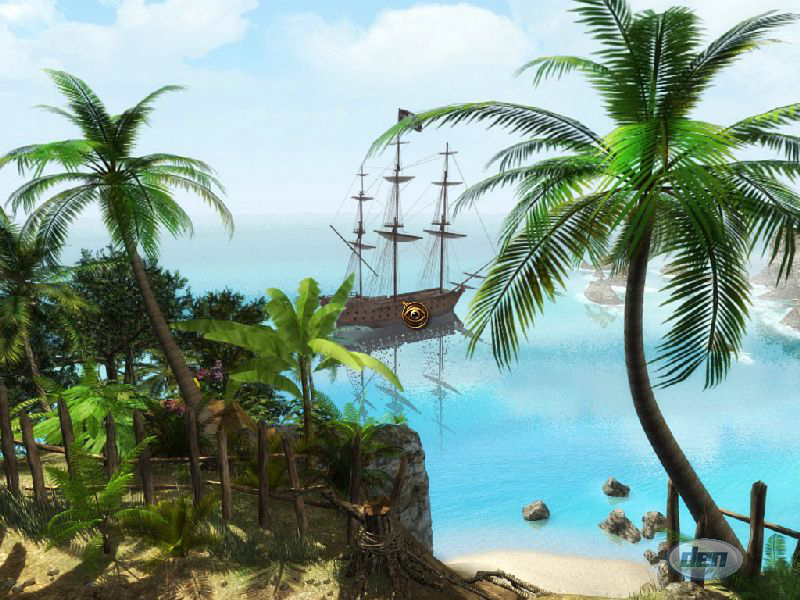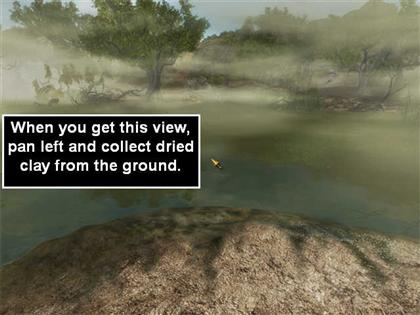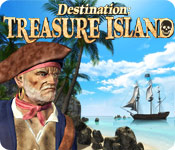

Stevenson's father did not approve of his son's writing, however, and insisted that Stevenson gain a more respected and more practical degree. When it came time to go to university, Stevenson enrolled in engineering classes but later changed his mind. Some of the earliest literary influences, authors he tried to mimic, included Daniel Defoe ( Robinson Crusoe, 1719), Edgar Allan Poe ("The Raven," 1845), and Nathaniel Hawthorne ( Scarlet Letter, 1850). But in his earliest years, Stevenson suffered from a lung disease and spent much time in bed. The family expected the young Stevenson to follow in his grandfather's and his father's footsteps. Stevenson's grandfather was also an engineer, known around the world for the many beautiful lighthouses he designed. Robert Louis Stevenson was born in 1850 in Edinburgh, Scotland, the only son of a famed engineer and inventor. Stevenson had to create another map, "but somehow it was never 'Treasure Island' to me," Stevenson wrote. When Stevenson sent his manuscript to his publisher, the map, which had inspired the pirate story, was missing.
#Destination treasure island text missing serial#
It was published first as a magazine serial before being produced as a book in 1883. "And in a second tide of delighted industry," Stevenson wrote, "I finished 'Treasure Island.'" The book turned out to be a huge success for Stevenson, bringing both money and fame. With great discipline, he started writing again.
#Destination treasure island text missing free#
Upon arriving at his destination, he sat down at a desk, determined to free himself from his despair. Stevenson took a break from his work and went on a short vacation. Much of his writing up to this point Stevenson referred to as a failure he was afraid that this current story he was working on would become one too.

He was supported by his father, and he wanted to write something that not only would make money but would please his father. He was thirty-one and had yet to make a salary on his own. But then the inspiration disappeared-the author claims that he was at a very low point in his life at this time. "It was to be a story for boys," Stevenson wrote and with excitement and ease, he produced the first fifteen chapters in as many days. Then the island became peopled in his mind's eye, and their stories began to appear. First, he could see the vegetation of the island. The more Stevenson studied this map of his creation, the more his imagination expanded.

This map, Stevenson wrote in an essay called "Treasure Island," "was elaborately and (I thought) beautifully coloured the shape of it took my fancy beyond expression it contained harbours that pleased me like sonnets and with the unconsciousness of the predestined, I ticketed my performance 'Treasure Island.'" Stevenson has stated that the story was inspired by a detailed map he drew from his imagination. The lessons are learned through the characters' decisions and mistakes, which makes them more lifelike and less didactic. This is not to say that Robert Louis Stevenson's novel about a young boy is without lessons but rather that its emphasis is a coming-of-age story filled with challenges, fears, and triumphs like any exciting and fun-filled journey of exploration. Treasure Island is considered one of the first adventure stories written specifically for adolescents without an obvious emphasis on teaching morals.


 0 kommentar(er)
0 kommentar(er)
